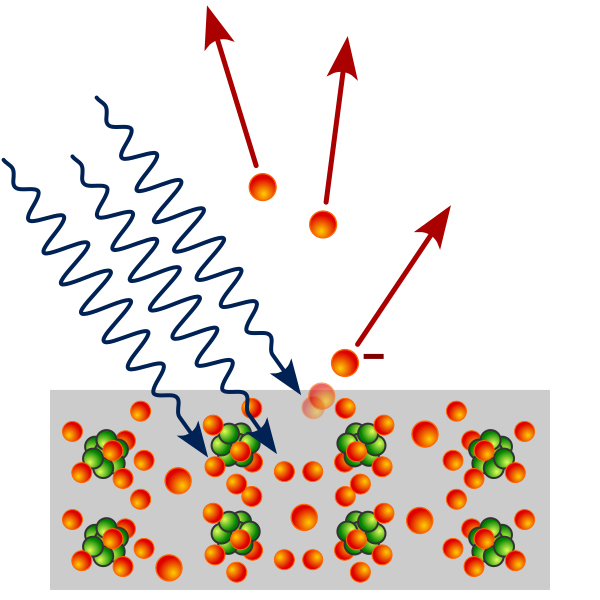New-clear Reactors: Newly approved nuclear reactor designs seek to improve on old ones
Figure 1: Shown by the red line, the sharp increase in the number of permits issued for nuclear reactors stopped completely after the partial meltdown of the nuclear reactor in the Three Mile Island accident of 1979. Consequently, the operational units of nuclear energy, shown by the blue line, saw a continued rise due to …
New-clear Reactors: Newly approved nuclear reactor designs seek to improve on old ones Read More »





